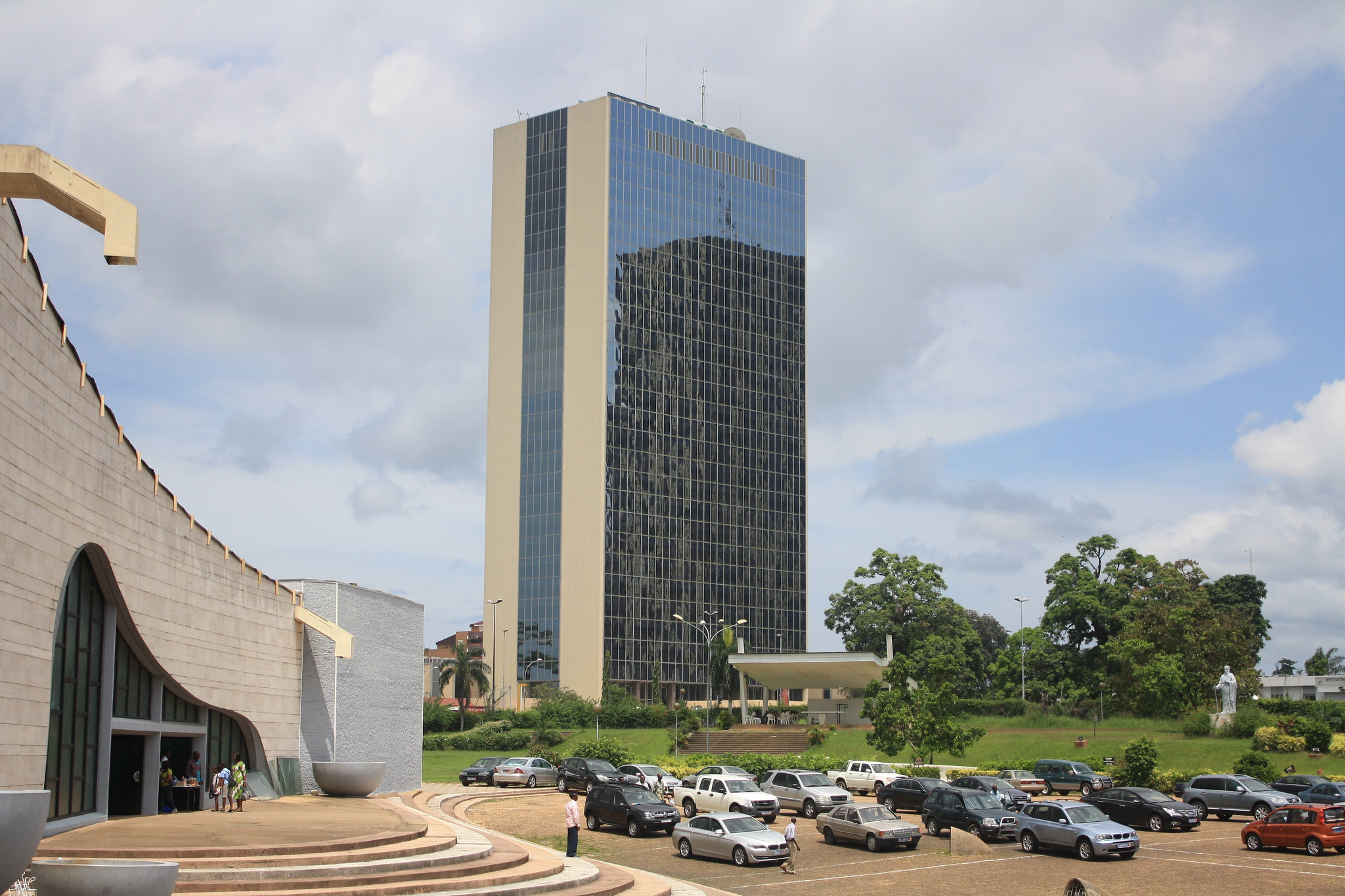Stanbic defies odds, posts $49,9bn profit
Stanbic Bank Zimbabwe shrugged off the prevailing challenging economic environment to post a $49,9 billion inflation adjusted profit after tax for the year ended December 31, 2022, representing 180 percent growth from the prior year’s $17,8 billion.
The set of results also saw the leading financial services institution posting a profit after tax of $71,7 billion up from $7,4 billion in 2021 under the historical accounts, representing a growth of 869 percent.
In a statement accompanying the results, Stanbic chairman Gregory Sebborn said the institution ended the year with a qualifying core capital of $83,5 billion compared to the prior year’s $11 billion.
The figure equates to US$124,4 million which is above the set regulatory minimum.
The notable results by Stanbic Bank follow an equally laudable performance by the institution’s parent company, Standard Bank Group — Africa’s largest banking group by assets — which reported total assets of R2,9 trillion (about US$170 billion) during the comparable period to December 2022, while its market capitalisation was R284 billion (US$17 billion).
The Standard Bank Group recorded headline earnings of R34,2 billion (US$2 billion) for the year ended 31 December 2022, growing by 37 percent year on year.
Stanbic Bank Zimbabwe chief executive officer, Solomon Nyanhongo, said the 2022 inflation adjusted net interest income grew from $27,9 billion in 2021 to $62,2 billion, largely underpinned by the growth in the average lending book from $31 billion to $160 billion as new lending assets were written combined with the acquisition of additional financial investments.
The bank’s net fee and commission income grew by 44 percent from $25 billion in 2021 to $36,1 billion.
“This was largely driven by new customer acquisitions as well as an increase in volume of transactions on our digital platforms. In addition, the level
of foreign currency transactions had improved during the period as business operations were shifting from local to foreign currency,” said
Nyanhongo.
He said an enhanced level of trading activity and better revaluation gains were recorded on foreign currency positions as the local currency weakened against the US dollar.
Nyanhongo said Stanbic’s total operating expenses of $47,7 billion grew by 57 percent from $30,5 billion in 2021 largely due to the impact of the continued depreciation of the Zimbabwe dollar currency against the US dollar on foreign denominated expenses which included franchise fees, IT licence fees, cash importation and repatriation charges, and insurance.
“The bank’s customer deposit base grew by 15 percent in real terms from $315 billion in 2021 to $363,3 billion largely reinforced by growth in our local currency deposits in line with the growth in money supply coupled with new client acquisitions and the impact of the continued weakening of the Zimbabwe dollar currency against the US dollar on our foreign currency denominated deposits,” said Mr Nyanhongo.
Focusing on the operating environment, Nyanhongo noted that the level of business activity in the economy improved in 2022 in comparison to
2021 following the relaxation of the restrictive Covid-19 lockdown conditions which saw the resumption of normal business operations.
“However, the operating environment remained extremely challenging with inflation surging from 60,7 percent in December 2021 to close the year at 244 percent. On the official currency auction, the local currency had extensively depreciated from US$1:$108 in December 2021 to US$1:$671 as
foreign currency shortages in the market continued unabated,” he said.
Sebborn also noted that the Gross Domestic Product (GDP) growth slowed down from 6 percent in 2021 to about 4 percent in 2022.
He said major growth impediments in 2022 included the global geo-political issues, erratic rainfall exacerbated by low irrigation capacity, power shortages and some policy inconsistencies.
“In 2023, GDP growth is expected to remain modest at 3-4 percent underpinned by high costs of agricultural inputs, high risk of power outages,mdeclining international mineral prices, and the effects of erratic weather and rainfall. The main growth drivers are expected to be mining, construction and agriculture,” said Mr Sebborn.
He said although headline inflation declined to 244 percent in December 2022 from a peak of 285 percent in August, inflation remains a significant business risk in the outlook period adding that hyperinflation may also lead to the high cost of borrowing, exchange rate instability, and a tendency
towards increasing dollarisation.
“This requires businesses to remain focused on cost containment and capital preservation in the outlook period. The evolving global geopolitical events will contribute to the volatility and uncertainty in the outlook period, due to disruptions to value chains. This requires policy makers and
business players to continue concentrating on resolving gridlocks to international trade and capital flows,” said Mr Sebborn.
He said Stanbic Bank continues to focus on sustainability and supports various industries through its Business and Commercial Banking Segment and Corporate and Investment Banking portfolios, in line with its commitment to drive the growth of the country.
Nyanhongo said Stanbic Bank Zimbabwe was committed to sustainable and comprehensive Corporate SociaI Investment (CSI) initiatives that span a cross section of the country’s social structures such as health and sanitation, education and sport-herald











